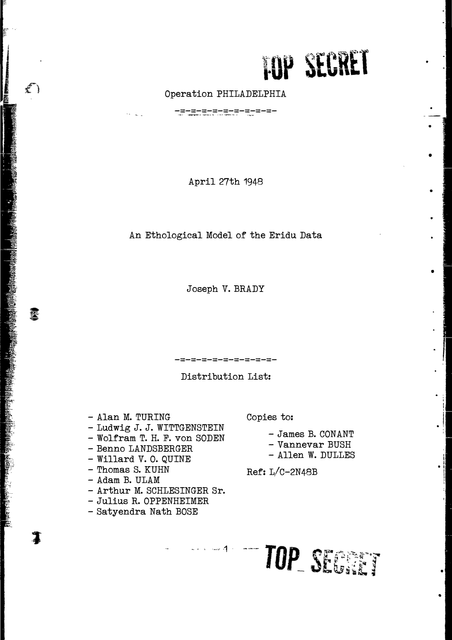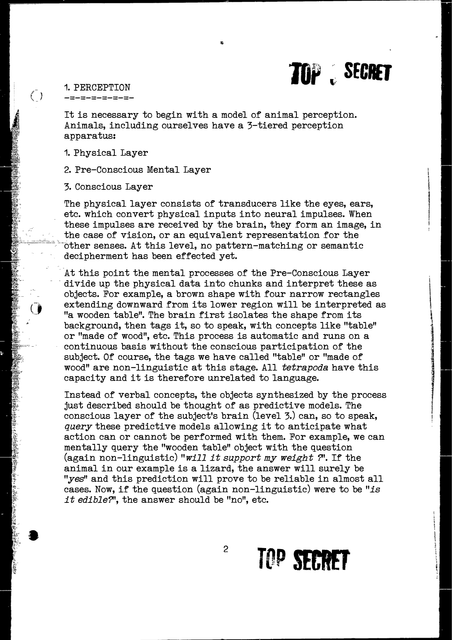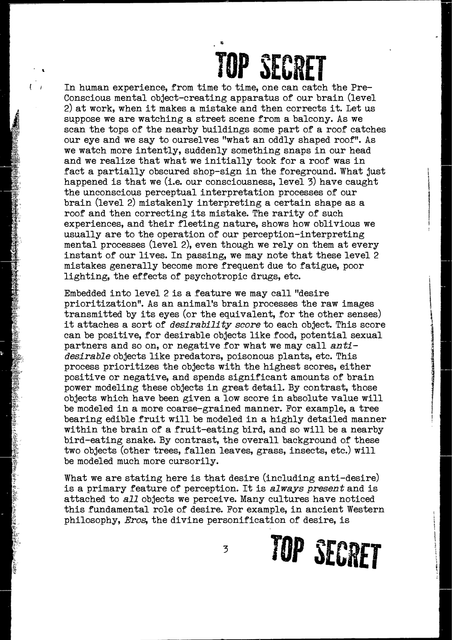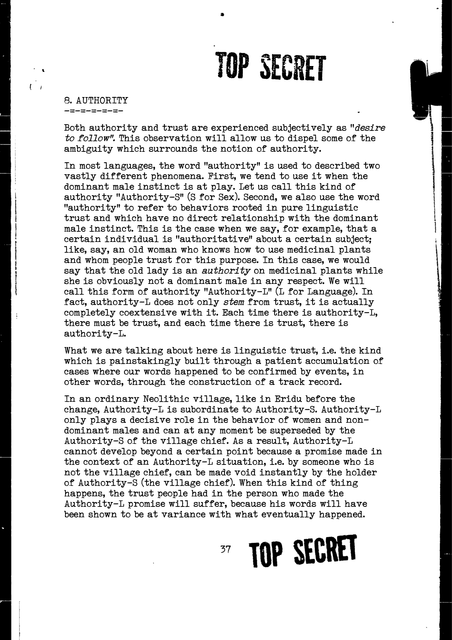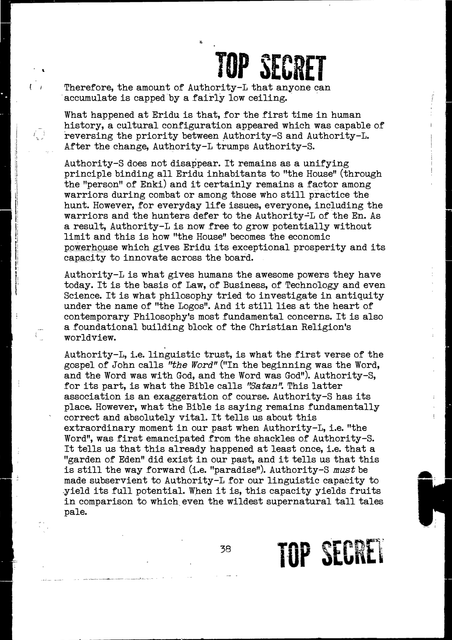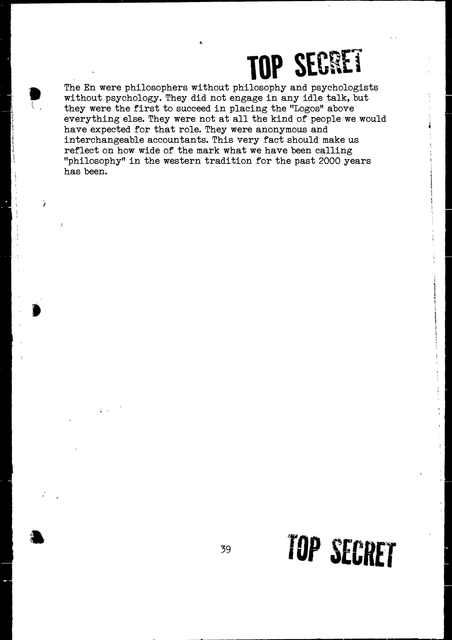K9Otaku
Wizard
★★★★★
- Joined
- Sep 30, 2019
- Posts
- 4,421
For the moment, most incels believe that the blackpill is about genes, bad foid genes which determine their bad behaviors.
This is WRONG. Genes are never bad. They just are. Genes evolved long before we had any notion of "right" or "wrong". They are a given that civilization must adapt to by suppressing certain (genetically determined) instincts and encouraging others.
All durable civilizations have suppressed human mate selection instincts because these instincts lead to a regression to hunter-gatherer behaviors. Ever since farming was invented, it has become impossible to follow our sexual instincts as is, both on the male and female side.
What we are fighting today with the BlackPill is more specific than our genes, it is a religious-cultural construct called ISHTAR WORSHIP, and which appeared almost exactly at the same time as civilization itself, 6000 years ago.
ISHTAR WORSHIP has been transformed over the ages to suit the tastes of the moment. Here are a few examples.






ISHTAR WORSHIP has always been combated by Abrahamic religions:
The only possibility for the Blackpill to thrive and have an impact is to acknowledge this heritage. In other words, The Blackpill has to be the "Fourth Testament" (if we count the Quran as the third).
If, on the contrary, the BlackPill remains a past-time for social rejects who want to think of themselves as "edgy" and provoke reactions from the likes of IT, it will wither and die. Something else will take the place of the Blackpill as the heir of Monotheistic religion and the Blackpill will become a footnote in history as "a short-lived XXIst century subculture"
This is WRONG. Genes are never bad. They just are. Genes evolved long before we had any notion of "right" or "wrong". They are a given that civilization must adapt to by suppressing certain (genetically determined) instincts and encouraging others.
All durable civilizations have suppressed human mate selection instincts because these instincts lead to a regression to hunter-gatherer behaviors. Ever since farming was invented, it has become impossible to follow our sexual instincts as is, both on the male and female side.
What we are fighting today with the BlackPill is more specific than our genes, it is a religious-cultural construct called ISHTAR WORSHIP, and which appeared almost exactly at the same time as civilization itself, 6000 years ago.
ISHTAR WORSHIP has been transformed over the ages to suit the tastes of the moment. Here are a few examples.
ISHTAR WORSHIP has always been combated by Abrahamic religions:
- Judaism: denunciation of Ashrah and Ashtoreth cult
- Christianity: Rejection of the "Whore of Babylon"
- Islam. Rejection of Al-Manat, Al-Uzzah and Allat.
The only possibility for the Blackpill to thrive and have an impact is to acknowledge this heritage. In other words, The Blackpill has to be the "Fourth Testament" (if we count the Quran as the third).
If, on the contrary, the BlackPill remains a past-time for social rejects who want to think of themselves as "edgy" and provoke reactions from the likes of IT, it will wither and die. Something else will take the place of the Blackpill as the heir of Monotheistic religion and the Blackpill will become a footnote in history as "a short-lived XXIst century subculture"



